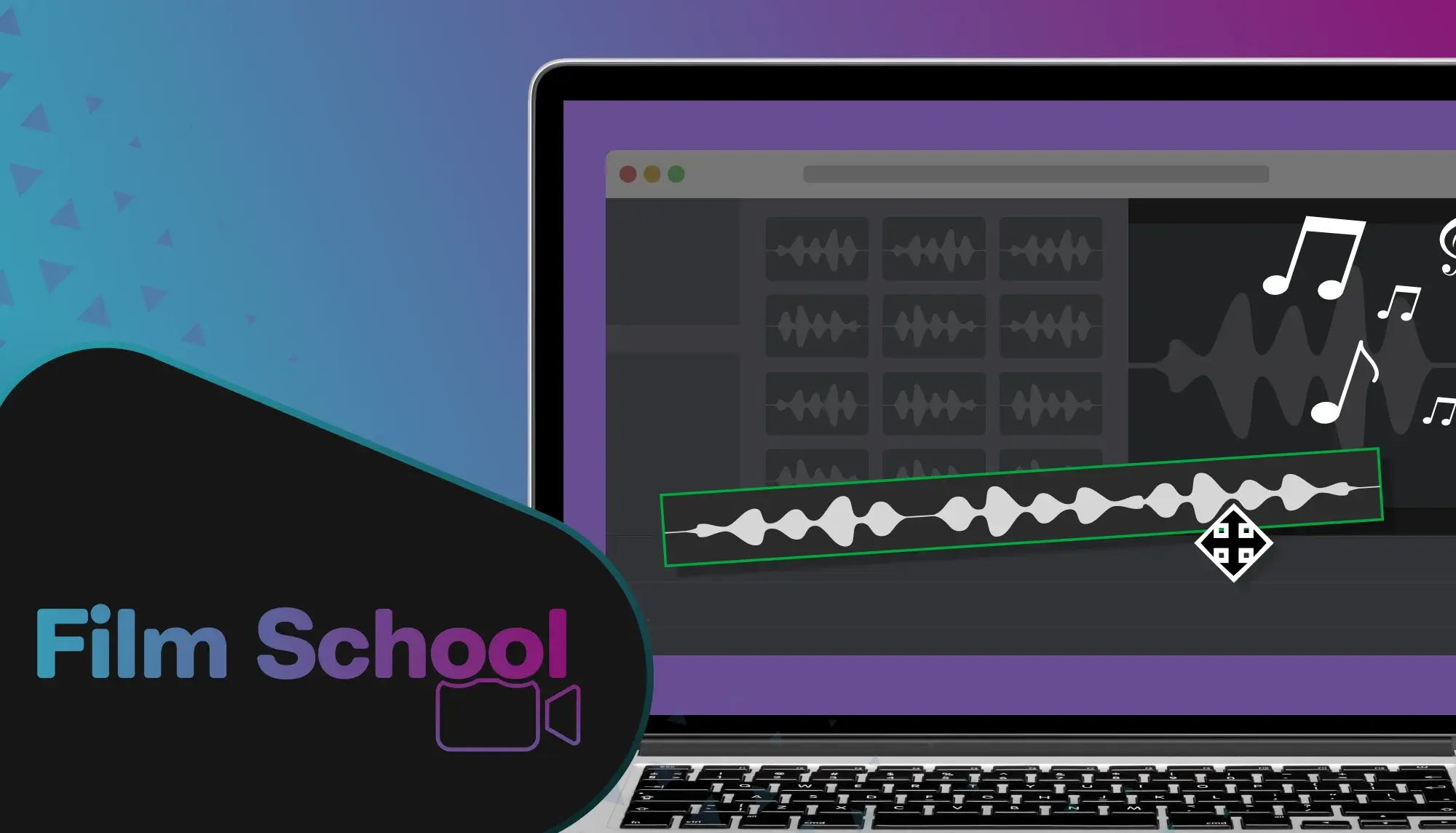Video marketing is gaining a lot of traction among businesses of all sizes. A recent report by Wyzowl reveals that over 63% of businesses are leveraging video marketing to drive traffic to their website. The growing video trend is being fueled by 83% of businesses who believe that video marketing offers healthy ROI.
Whether you are managing your client’s website or planning to create your own website, investing time and effort into video marketing strategy is a must.
Why?
- Videos boost conversions and sales. Adding a video to your landing page can increase your conversion by over 130%.
- Videos build trust. They create a sense of personal connection. In a survey, more than half of the customers shared that videos offer them the confidence to purchase online. In fact, video content boosts purchase intent by 97%.
- Search engines love video content. Research reveals that websites with video content are 53 times more likely to rank high in the SERP.
- Videos effortlessly explain complex concepts. So, the content is a perfect combination of entertainment and value, thus engaging the laziest of buyers. Modern customers want to see products and services in action. Videos are a great alternative to long and boring product descriptions. Moreover, it appeals to mobile users.
Thus, video marketing is becoming increasingly widespread. In this post, we will share how you can leverage videos to drive traffic to your website.
Who is your audience?
In today’s digital world, videos are the best way to connect with audiences and give them a glimpse into your brand and what’s happening behind the scenes. Hence, before building a video marketing campaign, it’s important to think about your audience and the purpose your videos will serve.
Think about your buyers at various stages of their journey and the intent of your video. This will help you determine the video style, content, and channels for distribution.
For instance, if your audience is B2B marketers, product videos, case studies, and testimonial videos can persuade them to visit your business website.
Similarly, you also need to understand at what stage of the marketing funnel your buyer is. If they are at the awareness stage, a storytelling video can work. On the other hand, if your audience is at the consideration stage, they will need something like an explanation video or testimonial to push them further down the funnel.
Defining your audience will help you understand who you are talking to. The best way to do that is to determine who your ideal buyer is, your buyer persona. In a general sense, it is a customer who will best benefit from your product or service.
Once you have mapped your buyer persona, it’s time to find answers to these questions.
- Who is your product for? (Buyer persona)
- What’s the purpose of your video? (This will be according to the stage your customer is in the marketing funnel)
- Where can you find your audience? Which channels are they most likely to be active on? (This will inform your video distribution strategy)
These three questions will help you decide on a story that will align with your brand mission and engage your audience, thus driving them to your website.
What are the best video formats?
Without a doubt, videos are the best form of content that can help marketers engage their target audience. However, offering the best videos to your audience involves determining the best applications that can play them and above all, the ideal video format.
Each video format, whether it’s MP4, MOV, WMV, or any other, has unique features that are suitable for specific purposes. Here are the top video formats you can consider when creating a video to drive traffic to your website.
- MP4 or MPEG-4
MP4 is one of the most popular video file formats. Though it is Apple’s preferred format, it can be played on many other devices. This format works well for videos posted on social channels like YouTube, Facebook, Twitter, and Instagram (and it's the default file when you export from our online video editor).
- MOV
MOV was developed by Apple and stores high-quality video, audio, and effects. However, MOV files tend to be large. This video format is supported by Facebook and YouTube. Additionally, it works well for television viewing.
- WMV or Windows Media Viewer
WMV files offer great video quality but they are large files like MOV. This video format was developed by Microsoft. Channels like YouTube support WMV. Apple users can view these videos too, provided they have Windows Media Player downloaded. One drawback of the WMV format is that it doesn’t allow you to select your aspect ratio.
- AVI or Audio Video Interleave
AVI files work with almost every web browser on Windows, Mac, and Linux OS. This format was developed by Microsoft. It offers good video quality but the file size is huge. This format is supported by YouTube.
- AVCHD or Advanced Video Coding High Definition
AVCHD is used mostly for high-definition videos. This format was built for Panasonic and Sony digital camcorders. These files can be compressed for easy storage without losing the quality or definition.
- MKV
MKV is a smart choice if you expect your video to be viewed on television or computer via an open-source media player like VLC or Miro.
- WEBM or HTML5
This format is great for videos embedded on your business website, home page, or blog. They are small files that load quickly and stream easily, thereby boosting user experience.
There’s no one-size-fits-all when it comes to video formats. That’s because not every device, channel, browser, and video platform supports every format. However, the formats we have rounded up above will help you determine which one to use in different situations.
Where to upload?
Video marketing is no longer about creating a video and sharing it on one channel. Customers are engaging with multiple channels and need to share their business videos on all the channels where their audience is present.
It all boils down to your marketing strategy and goals. For instance, if your goal is to attract more eyeballs to your video, you may have to turn to social media to reach a wider audience. Doing so will help you drive more social traffic to your website.
If you are losing traffic once they visit your homepage, you may have to leverage video content to better engage customers and direct them to your landing pages.
Here’s a list of places where you can share your video content to drive and retain traffic.
- Website - Whether it is an ‘About Us’ video or a promotional video, your website is the best place to share video content. Adding a video can boost website SEO and enhance audience engagement.
- Social media page - You must share video brand content and video ads on your Facebook, YouTube, Instagram, Twitter, and LinkedIn pages to capture audience attention and drive traffic to your website. (Depending on your plan, you can share content directly from the WeVideo video editor to social media!)
Check out how brands like Burberry and Nintendo share video content to engage their target audience.
- Marketing Emails - Email marketing is one of the best channels to engage customers and nurture leads. Share video content on this channel to offer more value and persuade your subscribers to visit your website.
Check out this email from Etsy that shows subscribers the culture of the company. Not only will this video educate the audience about Etsy but also persuade them to visit their page.
How to optimize videos
Just because videos are the most preferred form of content, it doesn’t mean you can just create tons of videos and upload them on various platforms. You need to optimize them to boost their visibility and increase the chances of them going viral.
Here are a few tips to optimize your videos.
- Design your video with a clear goal in mind. Evoke emotions (fear, excitement, greed, or love) to enhance conversions.
- Add a specific call to action to tell your viewers what to do next.
- Include a lead capture form to encourage your viewers to share their information like email address
- Add SEO-relevant information like keywords, captions, descriptions, and transcripts to make your videos search engine friendly.
Summing up
Businesses leveraging video marketing are sure to get a higher ROI than firms that don’t. That’s because people have a short attention span and videos are just the content form that can capture attention and engage audiences.
If you are planning to leverage video marketing to drive traffic to your website, consider the straightforward tips shared in this post. Implement these tips now to see your business grow.
Start your video editing journey

Hazel Raoult is the Marketing Manager at PRmention, a digital PR agency for SaaS and Tech Businesses.

